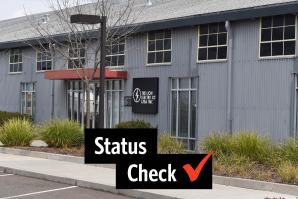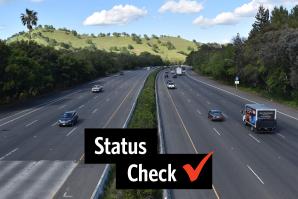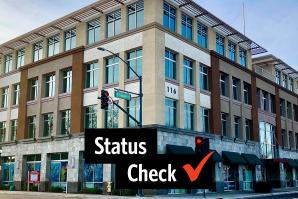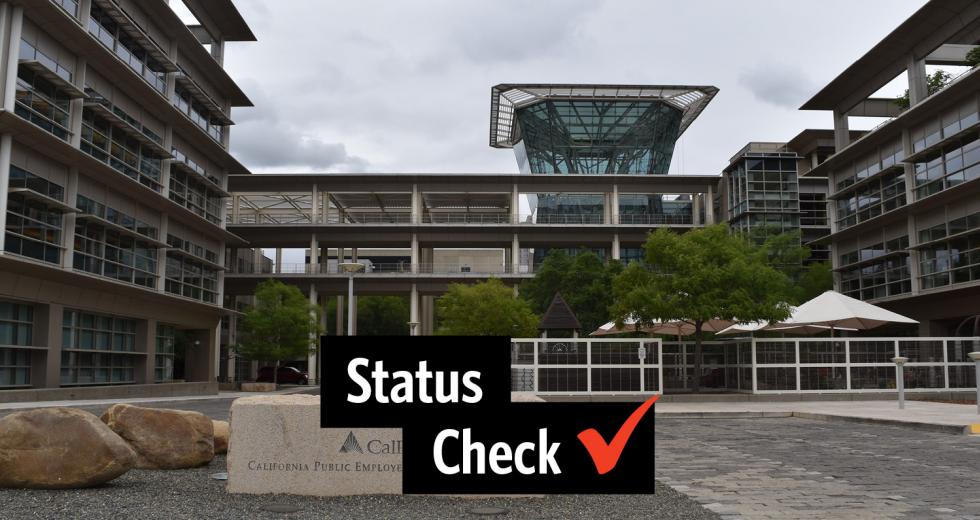Eric Petersen’s clients, by and large, don’t seem to be
panicking. But these days, the small number among Petersen’s
client base at Hicks Pension Services in Fremont who still offer
defined-benefit pensions are calling him with questions related
to the coronavirus pandemic.
“I know for sure, many, many companies will be dropping this
defined benefit,” says Petersen, who estimates 15 percent of
employers he works with provide defined-benefit pensions, plans
that guarantee a set payout to retirees rather than a set
contribution. More and more private sector employers have
switched to the latter in recent years,
most commonly through 401(k) plans, according to CNN. Public
pensions, on the other hand, primarily remain
defined-benefit plans.
“The (clients) that are struggling, we’re freezing future
accruals right now,” Petersen says.
It’s still early to fully gauge what effects the coronavirus
economic shutdown will have on the pension landscape, which was
battered by the Great Recession and has faced uncertainty since,
as Comstock’s reported in November 2019 (“How Safe is Your
Pension?”). Still, the preliminary outlook for certain parts
of the industry, particularly with defined-benefit plans, isn’t
overly encouraging.
Part of the challenge with defined-benefit plans is that they
have mandatory company contributions and protected accruals. Once
these plans are agreed to, even if they are frozen, they can
impose massive financial obligations down the road. Case in
point: McClatchy Co., which froze its pension plan in March 2009,
will have its pension and its $535 million shortfall taken over
by the federal Pension Benefit Guaranty Corporation if a
bankruptcy judge rules the company can’t survive otherwise,
according to a
McClatchy story.
Marc Roberts, president and an owner of Associated Pension
Consultants in Sacramento, was in conversation with clients as
financial markets began a steep descent in March.
“We were contacting clients saying, ‘OK, interest rates have
declined. Market value of your assets has declined,’” Roberts
tells Comstock’s. “And who knows, with everything that’s going
on, you may not be having a real good year in 2020 as far as
financially. Do you want to possibly freeze your defined-benefit
plan … as a safeguard in case it doesn’t turn out very well and
you don’t have the cashflow to put the monies into the plan as
required? And we had a lot of clients that went with that.”
Other parts of the retirement landscape have been calmer. The
Coronavirus Aid, Relief, and Economic Security, signed into law
March 27, made it easier for people to access retirement income,
particularly from 401(k) plans, for loans or distribution, says
Jennifer Anders-Gable, managing attorney at the Western States
Pension Assistance Project.
“There have been some people who are interested in those
implications, but so far, we haven’t received an overwhelming
amount of those calls,” Anders-Gable says. “Frankly, I’m hoping
that we don’t. Because the key to retirement income is that it’s
there when you need it in retirement.”
Meanwhile, Ted Toppin, chair of Californians for Retirement
Security, which represents about 1.2 million employees, says that
two major retirement organizations in the state, CalPERS and
CalSTRS, were prepared for a crisis such as COVID-19. While each
incurred paper losses in March, CalPERS and CalSTRS developed
strategic plans after the Great Recession and can now take
advantage of discount investment opportunities. “They have been a
calm voice,” Toppin says.
Toppin is encouraged by the long-term prospects, saying that he
noted in a
recent op-ed for The Sacramento Bee that CalPERS has averaged
an annual rate of return on its investments of 9.1 percent over
the past decade and 8.1 percent over the past 30 years.
Toppin is irked that critics continue to attack public pensions
as unsustainable. “Defined-benefit pensions really are sort of
the only way to provide retirement security in a systemic way,”
he says. “It’s unfortunate that the private sector has moved so
far away from it.”
He adds, “If you have a reasonable system that looks out for its
sustainability, it can work in the public and private sector.
Folks should worry less about trying to take it away from public
employees and spend a lot more time thinking about how to provide
retirement security to public and private sector employees.
–
Stay up to date on the effects of the coronavirus on people and business in the Capital Region: Subscribe to the Comstock’s newsletter today.
Recommended For You

Status Check: McClellan Park
Electric school bus company that moved to the development in December may temporarily close due to coronavirus
The coronavirus has upended operations for businesses around the Sacramento region, including Lion, which was founded in 2008 and operates and repairs all-electric school buses.

Status Check: I-80 Lane Widening Project Presses On
Solano Transportation Authority moves forward on plans to widen 10 miles of roadway
The mayors of Fairfield and Vacaville and the Solano Transportation Authority are seeking $123 million in funding from the California Transportation Commission toward a project to widen 10 miles of Interstate 80. But with commute times down due to the coronavirus, it might be a tougher sell.

Status Check: City of Roseville Buys Long-Empty Building
Former Kobra Properties building in downtown has been vacant for years
When Abe Alizadeh’s empire collapsed in 2008, eventually leading to a 56-month federal prison sentence for the developer for real estate fraud, the fate of a large unfinished building in downtown Roseville hung in the balance.

How Safe Is Your Pension?
Defined-benefit plans represent a promise, but whether it will be kept depends on the type — and your employer
Pensions put the risk on employers, who are on the hook to pay retirees an agreed amount no matter what happens to the underlying investment.



